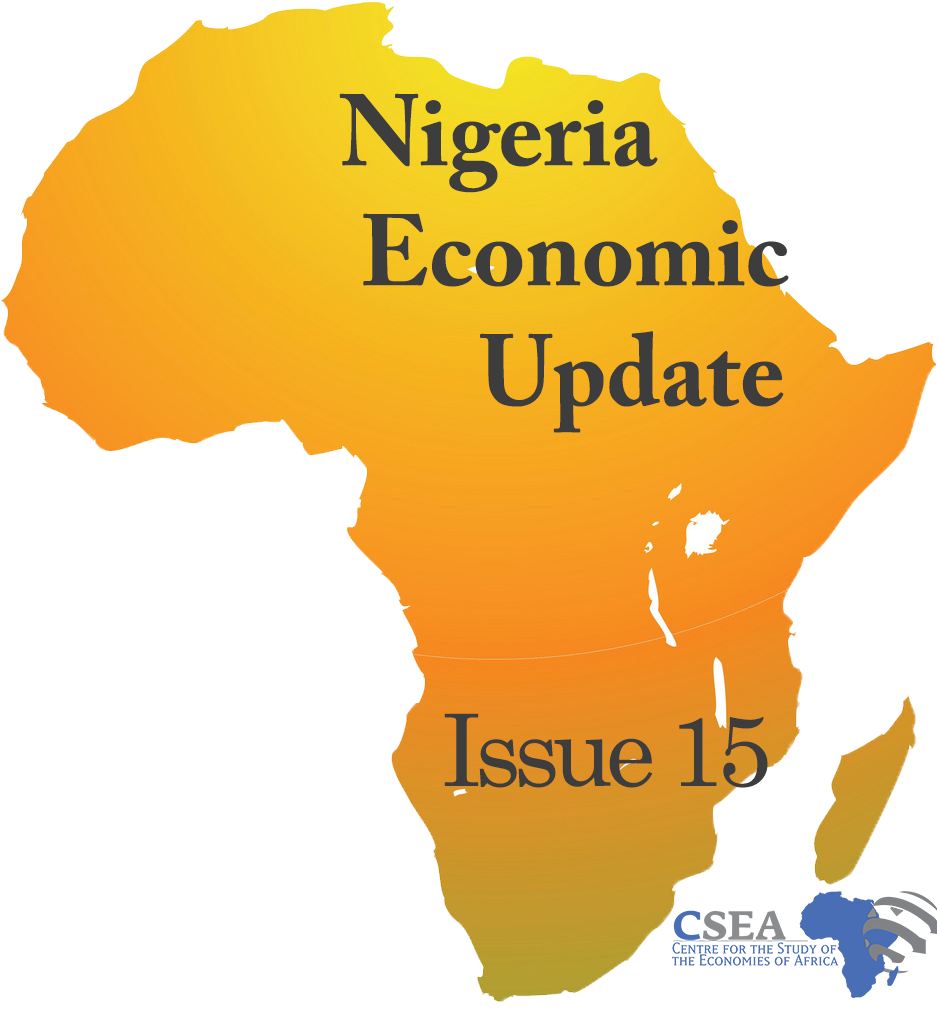Nigeria became the largest remittance-recipient country in sub-Saharan Africa and the sixth largest among low-middle income countries in 2018. The country’s official remittances amounted to $24.3billion in 2018,1 a 10.5% increase from the 2017 remittances received and accounts for 6.1% of GDP. Along with the strong economic conditions in high-income countries, the year-on-year acceleration in remittance flows is not unconnected to a slight declining trend that has been observed in remittance costs since the beginning of 2018.2 Although currently at an average of 9%, these remittance costs remain above the global average of 7% and far from the SDG target of 3%. Given the relatively strong economic and employment situation in high-income countries, and the growth in emigration in Nigeria, we expect that remittance flows to Nigeria will continue to rise. Addressing the regulatory barriers to entry in order to allow for more money transfer operators, particularly digital operators will drive the cost of remittance down and increase inflows. For instance, the N2 billion capital threshold mandated by CBN for domestic companies (compared with the N50 million for foreign companies) could be reviewed to allow companies lacking the financial clout to meet up.
Macroeconomic Report & Economic Updates

May 8, 2019
Nigeria Economic Update (Issue 15)
Nigeria became the largest remittance-recipient country in sub-Saharan Africa and the sixth largest among low-middle income countries in 2018. The country’s official remittances amounted to $24.3billion in 2018,1 a 10.5% increase from the 2017 remittances received and accounts for 6.1% of GDP. Along with the strong economic conditions in high-income countries, the year-on-year acceleration in […]
Read →
Related
Nigeria Economic Update (Issue 8)
Recent
data from the National Bureau of Statistics (NBS) show that total capital
importation in 2015 fell steeply by 53.5 per cent from $20,750.76 million in
2014 to $9,643.01 million in 20152. This decline was largely driven
by a substantial drop in portfolio investment (the largest component of Capital
Inflows), which fell by 59.74 percent. The exclusion of Nigeria from the JP Morgan
EM Bond index, the slump in crude oil prices, the decision of the US Federal
Reserve to raise interest rates and the capital control measures imposed by the
Central Bank of Nigeria (CBN) are the notable drivers of the reduced inflow of
capital. Going forward, improving the business environment, especially easing
foreign exchange controls, would determine the extent to which the economy can
attract increased capital inflows.
The Chinese Model Of Infrastructure Development In Africa
Infrastructural
development is a key step in providing a competitive business environment for
African economies. It provides the backbone for poverty reduction strategies
and programmes designed to improve the livelihood of the poor. Africa is in
dire need of infrastructural development. The absence of quality infrastructure
in the continent holds back per capita economic growth by 2 percentage points
each year and depresses firm productivity by as much as 40 percent (Escribano
et al., 2008 and Kelly, 2012). Estimates suggest that around USD 90 billion is
required to close Africas infrastructure gap annually until 2020 (AICD, 2010).
